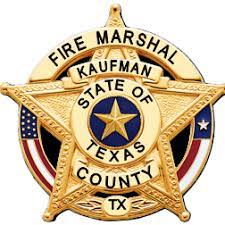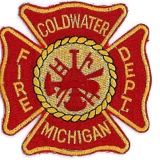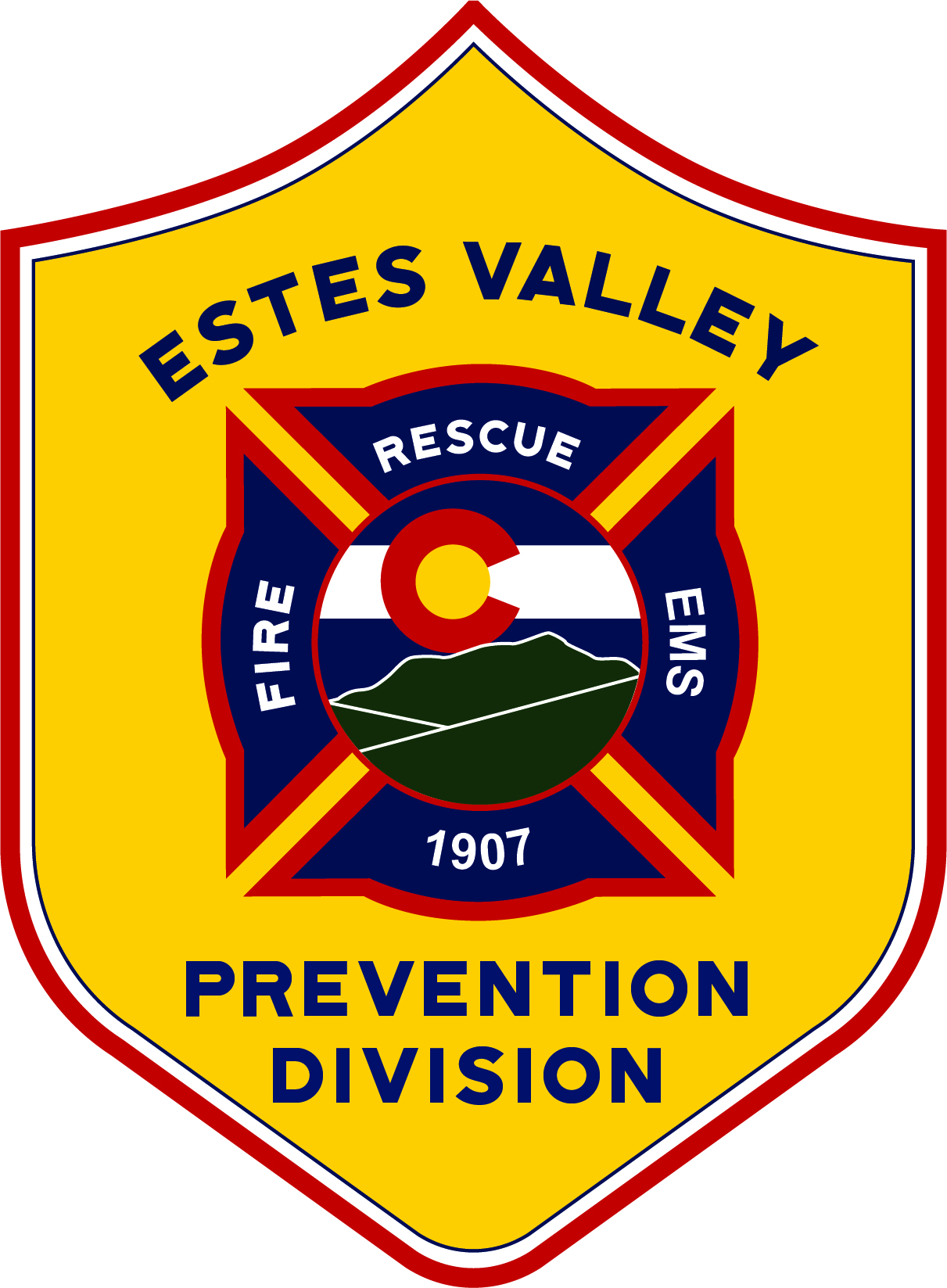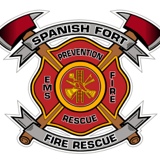Title Page
-
Business Name
-
Location
-
Date of Inspection
-
Inspector
Plans / Drawings
-
Verify approved plans / drawings are on-site or are available to the contractor.
Visual Inspection
Riser and Riser Room
-
Backflow prevention device size, type, and flow direction verified.
-
Main drain is proper size, piped outside, or to floor drain.
-
A means to forward flow the backflow prevention device is installed.
-
Verify components are stacked on the riser as shown on the plans.
-
If required, an accelerator is installed.
-
Metal or rigid plastic hydraulic design information sign is attached.
-
General information sign posted with appropriate information.
-
General information sign should include: name; location; flow test data; presence of high-pile/rack storage; presence of flammable/combustible liquids; max storage height planned; presence of hazmat; aisle width planned; presence of other special storage; commodity classification; location of aux/low-point drains; encapsulation status; main drain flow test data; presence of solid shelving; location of dry/anti-freeze systems.
-
Main drain labeled.
-
Spare sprinklers provided (6 if < 300 heads; 12 if 300 – 1,000 heads; 24 if >1,000 heads).
-
Replacement wrench is provided.
-
Multiple risers are numbered and consistent with alarm addressing.
-
Riser room has label and an approved locking key box or OS&T/PIV is provided.
-
Room has hard wired heat, light, and emergency light.
Piping and Hangers
-
Proper type of piping, layout, and size.
-
Branch lines have one hanger per section of pipe.
-
Mains and cross mains have hanger between branch lines and at ends.
-
Max distance between end of line & hanger (48” for 1-1/4”; 60” for 1-1/2” and greater).
-
Risers have supports at lowest level, alternate level, and at top.
-
Verify installation of inspector’s test valve (remote area).
-
Inspectors test connection clearly labeled and accessible.
-
All low-point drains are clearly labeled and accessible.
-
Sign at each control valve with description of area served.
Sprinkler Heads
-
Sprinkler heads are not obstructed.
-
Type, temperature, and spacing of sprinkler heads match approved plans.
-
Heads are minimum of 4” from wall/vertical obstruction.
-
Heads are separated by a minimum of 6’.
-
Heads are 1” - 12” below ceiling; Sidewalls are 4” - 6” from ceiling.
-
Heads installed under fixed objects/overhangs greater than 4’ wide.
-
Verify ceiling pockets and skylights are properly protected.
-
Verify sprinkler heads are free from paint, coverings, etc.
-
Verify escutcheons are installed where required.
-
ESFR upright deflectors are a minimum of 7” above top of the pipe.
-
ESFR heads are a minimum of 1’ away from the joist/truss.
-
ESFR heads are a minimum of 3’ above top of the storage level.
Fire Department Connection (FDC)
-
FDC is visible and accessible from the fire lane.
-
Connections 18” - 48” above finished grade with Knox Cap.
-
A locking Knox Cap is provided for each FDC connection.
-
4' wide all-weather pathway to FDC.
-
Signage is provided indicating the area, building, or address served.
-
2-1/2” Siamese or 5” Storz connection provided (depending on fire department response area).
-
Check valve behind connection and ball drip; verify flow direction.
Hydrostatic Test
-
Confirm underground fire line has been finalized.
-
Starting pressure is minimum of 200 PSI.
-
Pressure pumps disconnected after initial pressurization.
-
Test lasted a minimum of 2 hours; resulting in no pressure loss.
-
Relieved pressure on system and gauges returned to zero PSI.
Pneumatic Test
-
Starting pressure is minimum of 40 PSI.
-
Air compressor disconnected after initial pressurization.
-
Test lasted a minimum of 24 hours; resulting in less than 1.5 PSI pressure loss.
-
Relieved pressure on system and gauges returned to zero PSI.
Operational Test
-
Backflow prevention assembly forward flow tested.
-
Test of valve conducted, without Quick Opening Device (QOD).
-
Test of valve conducted, with Quick Opening Device (if >750-gallon capacity).
-
Record time from complete opening of inspector’s test to water flow at inspector’s test.
-
Water delivery <60 sec or <500-gal or <750-gal w/QOD.
-
Waterflow switch activates between 45 and 90 seconds (non-silenceable).
-
Control valves operated under normal system pressure.
-
Pressure reducing valves tested under full flow and no-flow conditions.
-
Main drain test completed; static and residual pressures recorded.
-
Air compressor fills the system within 30 minutes.
-
Confirm proper high and low air pressure is set for air compressor.
-
Exposure protection systems tested (only if no risk of water damage to building).
-
Automatic inspection and testing devices/equipment operationally tested.
-
Deluge and pre-action systems operate automatically when triggered.
-
Both manual- and remote-control systems on deluge/pre-action systems are operational.
Documentation
-
As-built plans provided if applicable.
-
Aboveground contractor's material and test certificate provided.
-
https://www.tdi.texas.gov/forms/sfmfireindustry/sf041sprabovgrn.pdf
Inspection Status
-
Inspection Status
-
Next Inspection
-
Fire Alarm Contractor
-
Phone #
-
Email Address












